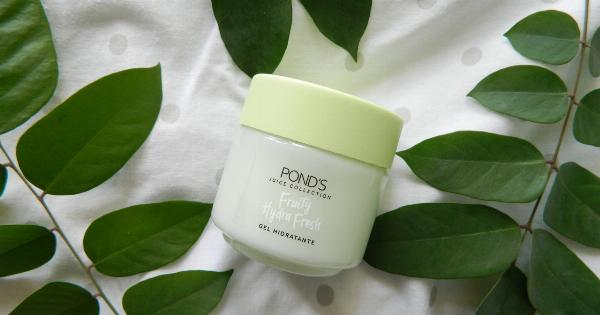Having a greasy T-zone can be frustrating, especially when it seems like your skin is in a constant battle with excess oil production.
The T-zone, which consists of the forehead, nose, and chin, tends to be more oily than other areas of the face due to the presence of more active oil glands.
The Causes of a Greasy T-Zone
Understanding the causes of a greasy T-zone can help you better manage and control the excess oil production. Here are some common factors that contribute to a greasy T-zone:.
1. Genetic Predisposition
Skin type is largely determined by genetics. If you have oily skin overall, it is highly likely that your T-zone will be even oilier. This can be attributed to the overactive sebaceous glands present in these areas.
2. Hormonal Imbalance
Hormonal changes can greatly influence the oil production in your T-zone. During puberty, pregnancy, menstruation, or menopause, hormonal fluctuations can trigger increased sebum production.
3. Overactive Sebaceous Glands
The sebaceous glands in the T-zone may be more active compared to other areas due to the higher concentration of oil glands. This can lead to excessive oiliness and shine.
4. Environmental Factors
Environmental factors such as high humidity, heat, and pollution can contribute to increased oil production in the T-zone. These conditions can stimulate the sebaceous glands, resulting in a greasy appearance.
5. Improper Skincare Routine
Using harsh or drying skincare products can strip the skin of its natural oils. In response, the skin may produce more oil to compensate for the loss, leading to a greasy T-zone.
Remedies for a Greasy T-Zone
While managing a greasy T-zone may seem challenging, there are several effective remedies that can help you minimize oiliness and achieve a more balanced complexion. Here are some practical tips:.
1. Gentle Cleansing and Exfoliation
Use a gentle cleanser specifically formulated for oily skin to wash your face twice a day. Avoid abrasive scrubs that may irritate the skin and stimulate more oil production.
Regular exfoliation can help remove dead skin cells and unclog pores, preventing sebum buildup.
2. Oil-Free, Non-Comedogenic Products
Opt for oil-free and non-comedogenic skincare and makeup products. These products are designed to not clog pores and minimize the risk of breakouts.
Look for labels that mention “oil-free” or “non-comedogenic” when choosing your products.
3. Moisturize Properly
Contrary to popular belief, moisturizing is essential even for oily skin. Choose a lightweight, oil-free moisturizer that hydrates your skin without adding extra grease. Keeping the skin hydrated can help regulate sebum production.
4. Use a Mattifying Primer or Powder
To combat excess shine in your T-zone, apply a mattifying primer before applying makeup. This can help create a smooth canvas and reduce oil breakthrough. Additionally, carrying a mattifying powder in your purse can help touch up throughout the day.
5. Don’t Overwash
While it may be tempting to wash your face frequently to get rid of the oiliness, overwashing can actually stimulate more oil production. Stick to cleansing your face twice a day and avoid excessive scrubbing.
6. Avoid Touching Your Face
Keep your hands off your face as much as possible. Touching your face can transfer dirt, bacteria, and oils, exacerbating the greasiness.
Additionally, avoid popping pimples or picking at your skin, as this can lead to further inflammation and more oil production.
7. Use Oil-Absorbing Sheets
Carry oil-absorbing sheets with you to dab away excess oil throughout the day. These sheets are designed to absorb oil without disturbing your makeup.
8. Incorporate Clay Masks
Clay masks can help absorb excess oil and impurities from your T-zone. Look for masks that contain ingredients like kaolin or bentonite clay. Apply the mask once or twice a week for best results.
9. Consider Salicylic Acid
Salicylic acid is a beta-hydroxy acid that can help regulate oil production and unclog pores. Incorporate a salicylic acid-based cleanser or toner into your skincare routine to target the greasiness in your T-zone.
10. Seek Professional Help
If your greasy T-zone persists despite trying various remedies, it may be beneficial to consult a dermatologist. They can assess your skin type and recommend suitable prescription medications or treatments, such as retinoids or chemical peels.


























